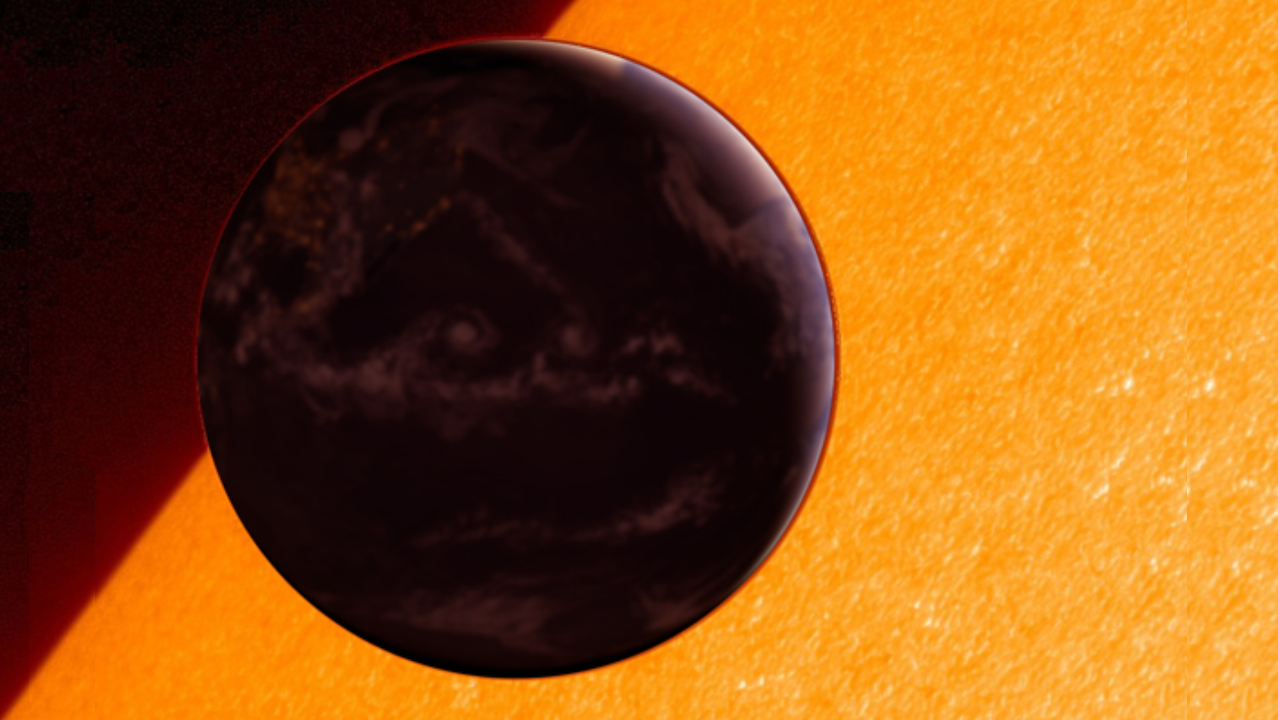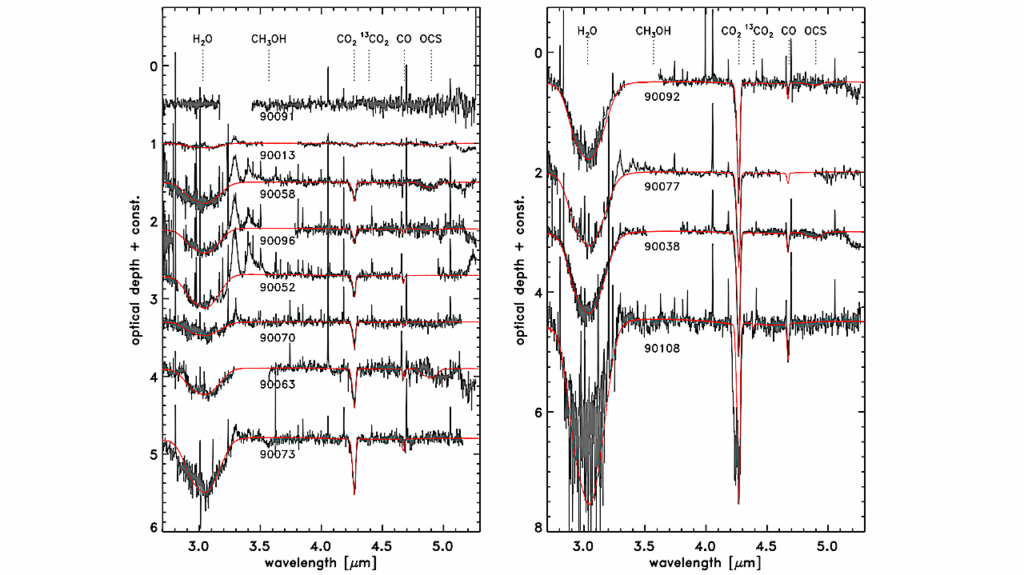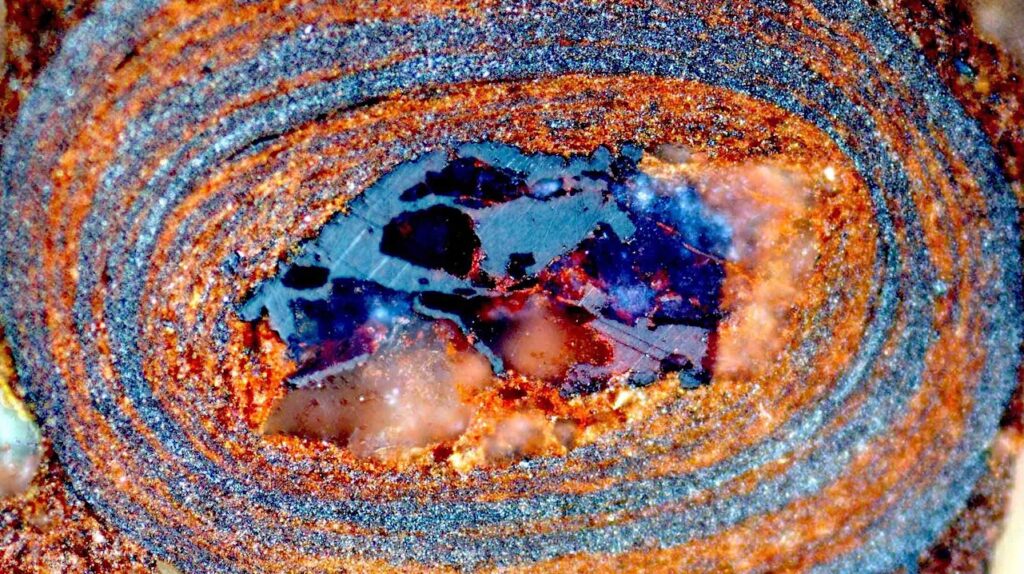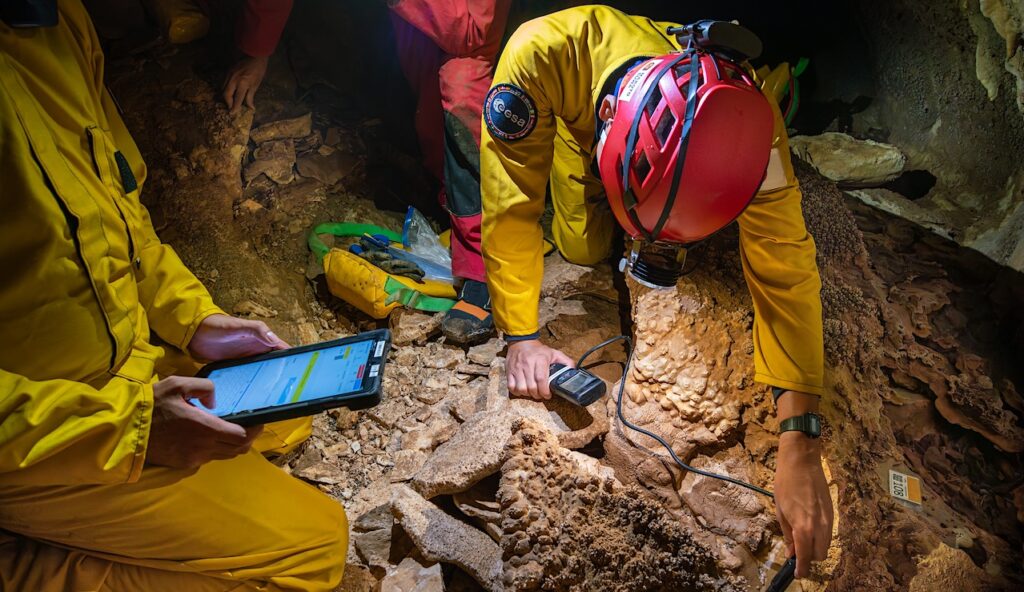Could An Earth-like Alien Civilization Detect Us?

If an extraterrestrial civilization existed with Earth-like technology, would they be able to detect Earth and evidence of humanity? If so, what signals would they detect and from how far away? A new study by a team that includes Penn State astronomers and alumni used a theoretical, modeling-based method to investigate Earth’s detectability from across the cosmos, which the team said could help shape efforts in the search for extraterrestrial intelligence (SETI).
The study was recently published in the Astronomical Journal.
“One way we can look for alien civilizations is to look for signs of their technology,” said Pinchen Fan, doctoral student in astronomy, astrophysics and astrobiology in the Penn State Eberly College of Science and an author of the paper. “These ‘technosignatures’ can take a variety of forms, from radio and optical signals to chemical signatures in a planet’s atmosphere — any kind of signal or pattern that can’t be explained by natural phenomena that could indicate intelligent life. In this study, we explored the wide range of our own technosignatures that could be detected at various distances from Earth with our current technology.”
The study is the first to analyze a wide range of Earth’s current technosignatures together in a consistent manner to determine their relative detectability. The researchers calculated the ability to detect those signals with current Earth-like technology if they were coming from space.
The researchers found that radio signals, such as planetary radar emissions from the former Arecibo Observatory, are Earth’s most detectable technosignatures, potentially visible from up to 12,000 light-years away. Because radio signals are widely used on Earth and because they can travel such long distances, radio telescopes are the most commonly used tool for SETI researchers.
Atmospheric technosignatures — chemical signatures in a planet’s atmosphere that might suggest life or industrial activity — were the next most detectable sign of life. Emissions from compounds like nitrogen dioxide have become more detectable than they were a decade ago, thanks to advances in instruments like the James Webb Space Telescope and the upcoming Habitable Worlds Observatory (HWO). A civilization with technology like HWO could detect these emissions from as far as 5.7 light-years away, just beyond our closest stellar neighbor, Proxima Centauri.
Finally, getting closer and closer to Earth, an advanced civilization would detect more and more human-made signatures simultaneously, including city lights, lasers pulses that could indicate communication or vehicle propulsion patterns, clusters of heat given off by cities called heat islands, and satellites, offering a comprehensive view of our technological presence.
“Our goal with this project was to bring SETI back ‘down to Earth’ for a moment and think about where we really are today with Earth’s technosignatures and detection capabilities,” said Macy Huston, co-author and postdoctoral researcher at the University of California, Berkeley, who earned a doctoral degree at Penn State. “In SETI, we should never assume other life and technology would be just like ours, but quantifying what ‘ours’ means can help put SETI searches into perspective.”
According to the team, this study demonstrated how Earth’s technosignatures can provide a multiwavelength framework for understanding the detectability of technology on other planets and shapes our search for intelligent life beyond Earth.
“One of the most satisfying aspects of this work was getting to use SETI as a cosmic mirror: what does Earth look like to the rest of the galaxy? And how would our current impacts on our planet be perceived,” said Sofia Sheikh, first author of the paper and researcher at the SETI Institute, who earned a doctoral degree at Penn State. “While of course we cannot know the answer, this work allowed us to extrapolate and imagine what we might assume if we ever discover a planet, with, say, high concentrations of pollutants in its atmosphere.”
Future telescopes and receivers could enhance detection sensitivity or enable astronomers to identify new types of technosignatures, such as other atmospheric signatures of pollution. The researchers said that repeating this type of study over the years as astronomical technology advances and the human impact on the planet evolves could provide fresh insights and refine the approach to discovering extraterrestrial life.
“After exploring the myriad ways humans and the Earth leave traces of our presence, we can think creatively about how we might look for similar signs in the universe, both from our cosmic neighbors and those further afield,” said co-author Jason Wright, who is a professor of astronomy and astrophysics in the Penn State Eberly College of Science and director of the Penn State Extraterrestrial Intelligence Center. “Knowing what kinds of humanity’s technosignatures make Earth most detectable helps us think more clearly about the most profitable ways to conduct searches for other technological life.”
In addition to Fan, Huston, Sheikh and Wright, the research team includes former Penn State research professor Thomas Beatty, now an assistant professor at the University of Wisconsin, as well as Connor Martini of Columbia University, Ravi Kopparapu of NASA Goddard Space Flight Center, and Adam Frank of the University of Rochester.
Computations were performed using the Penn State Institute for Computational and Data Sciences Roar supercomputer. Funding from the NASA Exobiology program, the U.S. National Science Foundation, and the Penn State Extraterrestrial Intelligence Center supported this work.
Earth Detecting Earth: At What Distance Could Earth’s Constellation of Technosignatures Be Detected with Present-day Technology?, The Astronomical Journal (open access)
Astrobiology








